Edward Elgar (1857-1934)
Born June 2, 1857 in Broadheath, (near Worcester) England.
Died February 23, 1934 in Worcester.
Variations on an Original Theme (“Enigma”) Opus 36
First Performance: June 19, 1899 at St James’s Hall, London conducted by Hans Richter.
Composed: 1898-1899.
Instrumentation: piccolo, 2 flutes, 2 oboes, 2 clarinets, 2 bassoons, contrabassoon, 4 horns, 3 trumpets, 3 trombones, tuba, timpani, percussion, organ (optional) and strings.
Duration: ~35 minutes.
Theme
1. C.A.E.
2. H.D.S.-P.
3. R.B.T.
4. W.M.B.
5. R.P.A.
6. Ysobel
7. Troyte
8. W.N.
9. Nimrod
10. Intermezzo, Dorabella
11. G.R.S.
12. B.G.N.
13. * * *
14. Finale, E.D.U.
In 1898 the 41 year old composer was not yet nationally famous. Although he was steadily building his reputation as a composer and was receiving performances of his music – in October 1898 Elgar went to the Leeds Festival to conduct the first performance of his cantata Caractacus – he needed to supplement his income by teaching. On the evening of October 21, 1898, after a tiring day giving violin lessons at a local girl’s school Elgar relaxed after dinner at the piano. Elgar recounted that “In a little while, soothed and feeling rested, I began to play, and suddenly my wife interrupted by saying, ‘Edward, that’s a good tune.’ I awoke from the dream: ‘Eh! tune, what tune!’ and she said, ‘Play it again, I like that tune.’ I played and strummed, and played, and then she exclaimed, ‘That’s the tune.’ And that tune is the theme of the Variations.” Elgar then began improvising variations depicting various friends. Elgar had great fun asking his wife Alice if she could recognize which friend he was portraying and she was frequently successful in her guesses. The identity of the friends is not the enigma. Actually we don’t know what it is! Elgar writes “The ‘Enigma’ I will not explain – its ‘dark saying’ must be left unguessed, and I warn you that the apparent connection between the Variations and the Theme is often of the slightest texture; further, through and over the whole set another and larger theme ‘goes’, but is not played . . . So the principal Theme never appears…” More ink has probably been spilt over these sentences than anything else in music except perhaps Wagner’s pink silk underwear.
Theme (“Enigma”)
(Andante, G Minor, G major)
The theme is presented in three brief sections. The halting theme -it never begins on the down beat-contains Elgar’s characteristic falling thirds and sevenths . Elgar pointed out that the rhythm of the theme’s first bar, which resembles Ed-ward El-gar when spoken, is immediately reversed and that “references to this grouping are almost continuous.” This points to the face that the variations are based not only on sequence of pitches but other musical material such are rhythm. The G major central section contains a “rising and falling passage in thirds which is much used later.” The flute and oboe play four descending notes which appear to be simple accompaniment but are shown to be important later in the piece (they are prominent in the finale). The theme returns in G minor more fully scored in the third section. Listen for the counter-melody in the lower strings which combines the two sections.
[wpaudio url=”http://genedelisa.com/wordpress/wp-content/uploads/mp3/2010/enigma.mp3″ text=”Play” dl=”0″]
Variation 1 C.A.E. (Caroline Alice Elgar)
(Andante, G minor)
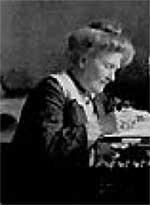
The initials are those of the composer’s wife. Elgar wrote that the variation is “really a prolongation of the theme with what I wished to be romantic and delicate additions.” We hear repetitions of a minor third triplet motif which Elgar whistled to his wife upon arriving home.
Variation 2 H. D. S.-P. (Hew David Steuart-Powell)
(Allegro, G minor)
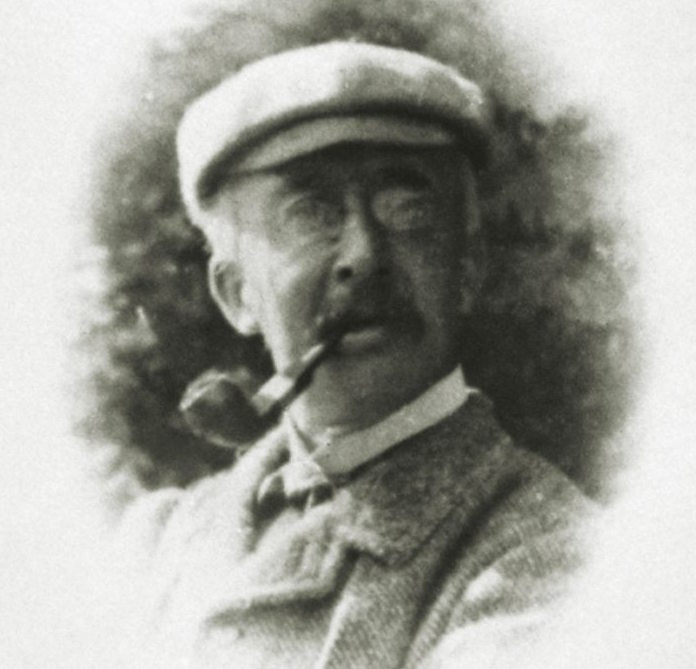
Hew David Steuart-Powell was an amateur pianist who frequently played piano trios with Elgar and Basil Nevison (Nevison is the subject of variation 12). He warmed up with “a characteristic diatonic run over the keys before beginning to play.” Elgar described his portrayal of these runs as being “chromatic beyond H. D. S.-P.’s liking.” We hear the theme in the lower strings.
Variation 3 R. B. T. (Richard Baxter Townshend)
(Allegretto, G major)
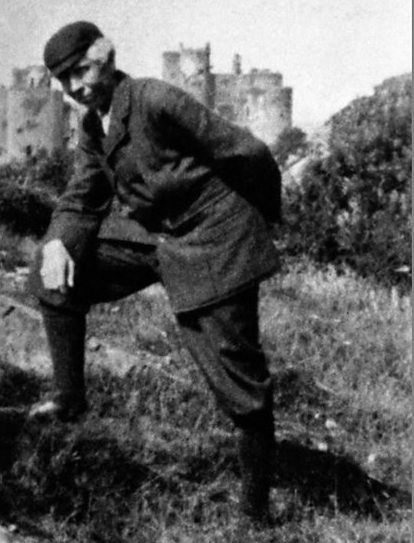
Richard Baxter Townshend was a writer and amateur actor. Elgar imitated his theatrical presentations of an old man in which he described, “the low voice flying off occasionally into ‘soprano’ timbre’.” Elgar says that “The oboe gives a somewhat pert version of the theme, and the growing grumpiness of the bassoons is important.”
Variation 4 W. M. B. (William Meath Baker)
(Allegro di molto, G minor)
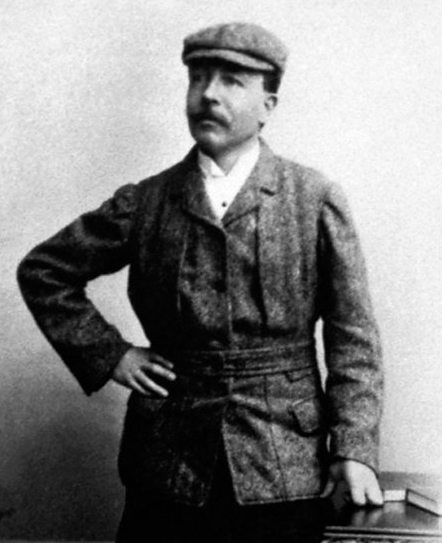
Baker has a tendency to bang doors behind him when leaving a room. Lady Elgar recognized him in this portrayal immediately when Elgar was first improvising.
Variation 5 R. P. A. (Richard P. Arnold)
(Moderato, C minor)
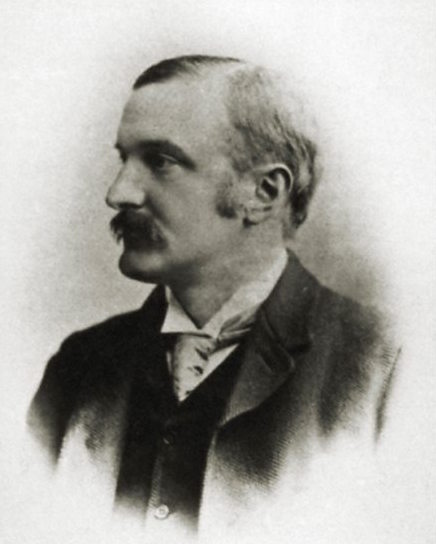
Elgar suggested that the poet Matthew Arnold’s pianist son Richard has a way of “evading difficulties but suggesting in a mysterious way the real feeling. His serious conversation was continually broken up by whimsical and witty remarks.” Richard’s insight is portrayed with the theme in C minor with the theme in the bassoons, cellos and basses and his wit in the woodwinds.
Variation 6 Ysobel (Isabel Fitton)
(Andantino, C major)
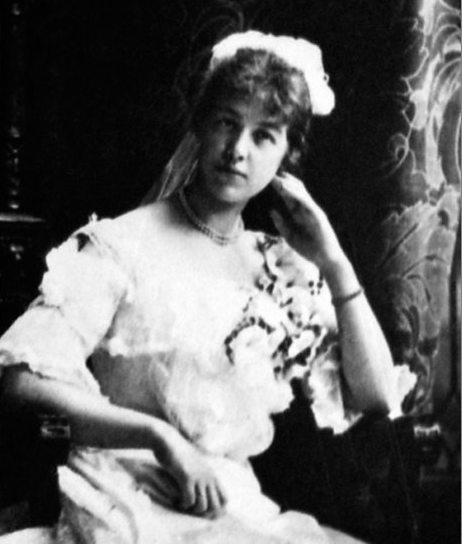
She was an amateur viola player whom Elgar had taught violin. This variation opens with the viola melody crossing from the fourth to the second string which is difficult for beginners and presumably Miss Fitton at one time.
Variation 7 Troyte (Arthur Troyte Griffith)
(Presto, C major)
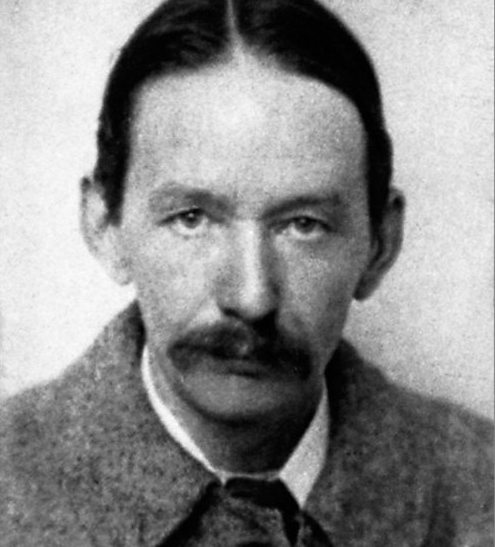
Troyte was a Malvern architect and Elgar’s closest non-musical friend. Elgar’s attempts to teach Griffith resulted in his “maladroit essays to play the pianoforte” which are shown here through the unusual time signature of 1/1 among various irregularities.
Variation 8 W. N. (Winifred Norbury)
(Allegretto, G major)
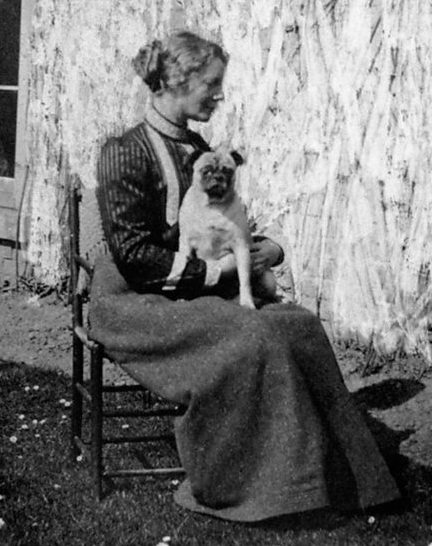
Although this variation portrays Winifred Norbury who was active in the Worcestershire Philharmonic Society, it is also a portrait of her family’s 18th century country mansion “Sherridge” where Elgar was a frequent visitor.
Variation 9 Nimrod (August Jaeger)
(Adagio, E flat major)
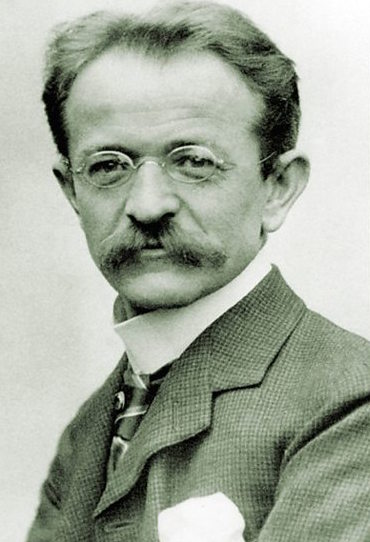
Jaeger was “for years the dear friend, the valued adviser and the stern critic of many musicians besides the writer.“ Genesis describes Nimrod as “the mighty hunter.” In German the name Jaeger means “hunter.” The similarity to the beginning of the slow movement of the Pathétique Sonata is in remembrance of “a long summer evening talk, when my friend discoursed eloquently on the slow movements of Beethoven.”
Variation 10 Dorabella (Dora Penny) Intermezzo.
(Allegretto, G major)
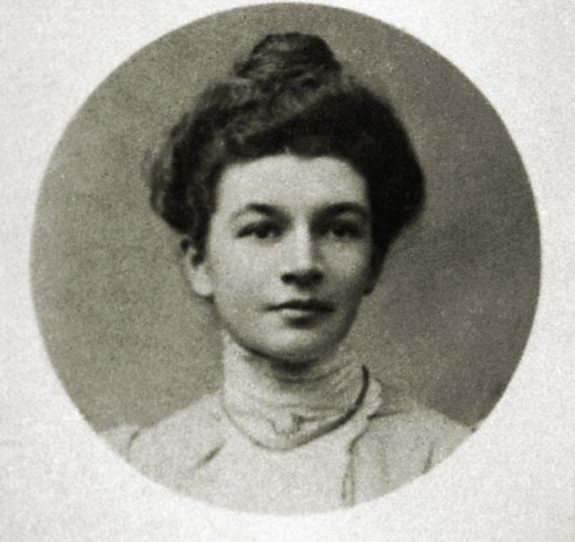
Elgar’s nickname for the young daughter of a rector was taken from Mozart’s Così fan tutte. She accompanied the Elgars on vacation helping Edward organize his music and also keeping Alice company while Elgar was busy composing. The halting rhythm alludes to her slight speech impediment.
Variation 11 G. R. S. (George Robertson Sinclair)
(Allegro di molto, G minor)
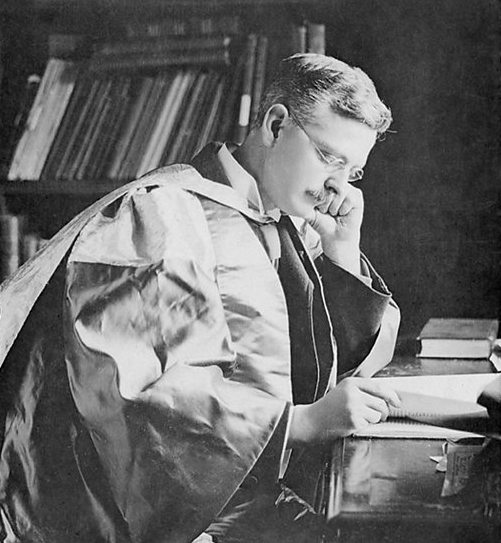
G.R. Sinclair was the organist of Hereford Cathedral. The variation begins with a depiction of Sinclair’s bulldog Dan falling into the river Wye. Elgar writes: “The first few bars were suggested by his great bulldog Dan falling into the River Wye (bar 1); his paddling upstream to find a landing place (bars 2 & 3); and his rejoicing bark on landing (2nd half of bar 5), GRS said “Set that to music!” I did; and here it is.” Dan’s paddling is also a portrayal of his owner’s adroit organ pedal technique.
Variation 12 B. G. N. (Basil G. Nevinson)
(Andante, G minor)
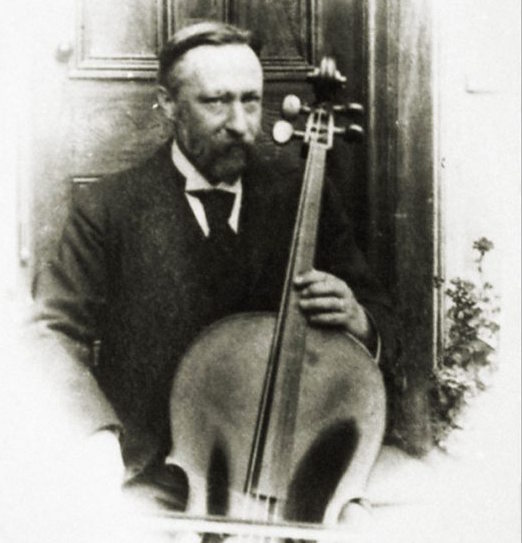
Nevinson was the amateur cellist mentioned in Variation 2 whom Elgar described as “a serious and devoted friend”. This variation begins and ends with a lovely cello solo.
Variation 13 * * * (Romanza)
(Moderato. Romanza, G major)

Even though Elgar identified the friend signified by the asterisks to be Lady Mary Lygon (and her initials are pencilled in a sketch), there has been speculation that it may portray someone else. The clarinet quotation from Mendelssohn’s Calm Sea and Prosperous Voyage above a representation of the ship’s engines in the lower string and percussion is said to memorialize Lady Lygon’s voyage to Australia with her brother. But she did not sail until well after the variation was composed. It is possible that it could also be Elgar’s first fiancee and violinist Helen Weaver who later emigrated to New Zealand in 1885.
Variation 14 Finale: E. D. U.
(Allegro, G major)
This variation is a self portrait: “Edoo” was Alice’s nickname for her husband. There are references to variations 1 and 9 which represented the people who were Elgar’s two greatest influences: Alice and Jaeger. The original ending did not contain the present coda (It ended right after rehearsal number 76). After the premiere Jaeger persuaded Elgar that a more triumphant finale was needed. Elgar revised the ending which was first performed at the Worcester Three Choirs Festival on September 13th 1899, with the composer conducting.
The Enigma Variations was an immediate success. Elgar gained not only national recognition, but also international acclaim through performances conducted by Richard Strauss and Gustav Mahler. The Nimrod variation has become very popular in its own right. Just as Barber’s Adagio is America’s great secular hymn of mourning, Nimrod plays the same role for Britain being played at funerals and memorial services. It is played every year at the Cenotaph in London on Remembrance Sunday. Gustav Holst offers this assessment: “I felt that here was music the like of which had not appeared in this country since Purcell’s death.”
Resources
[amazon template=iframe image&asin=B000BDGWF8][amazon template=iframe image&asin=B000000ARL]
[amazon template=iframe image&asin=0486273423]


The unstated Principal Theme to Elgar’s Enigma Variations has been discovered. It is “Ein feste Burg” (A Might Fortress) by Martin Luther as realized by J.S. Bach and Felix Mendelssohn. To learn more about this historic discovery, visit enigmathemeunmasked.blogspot.com.